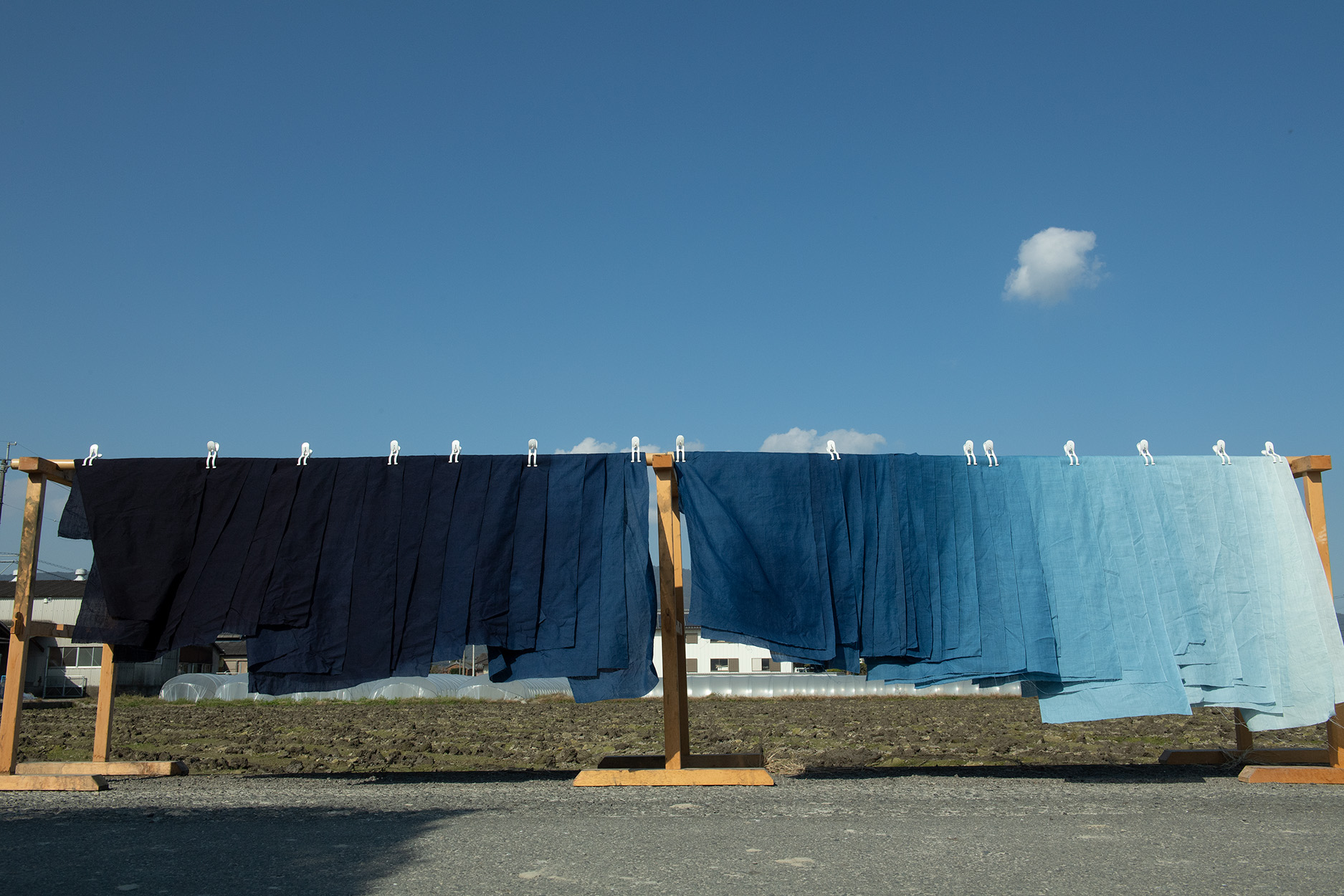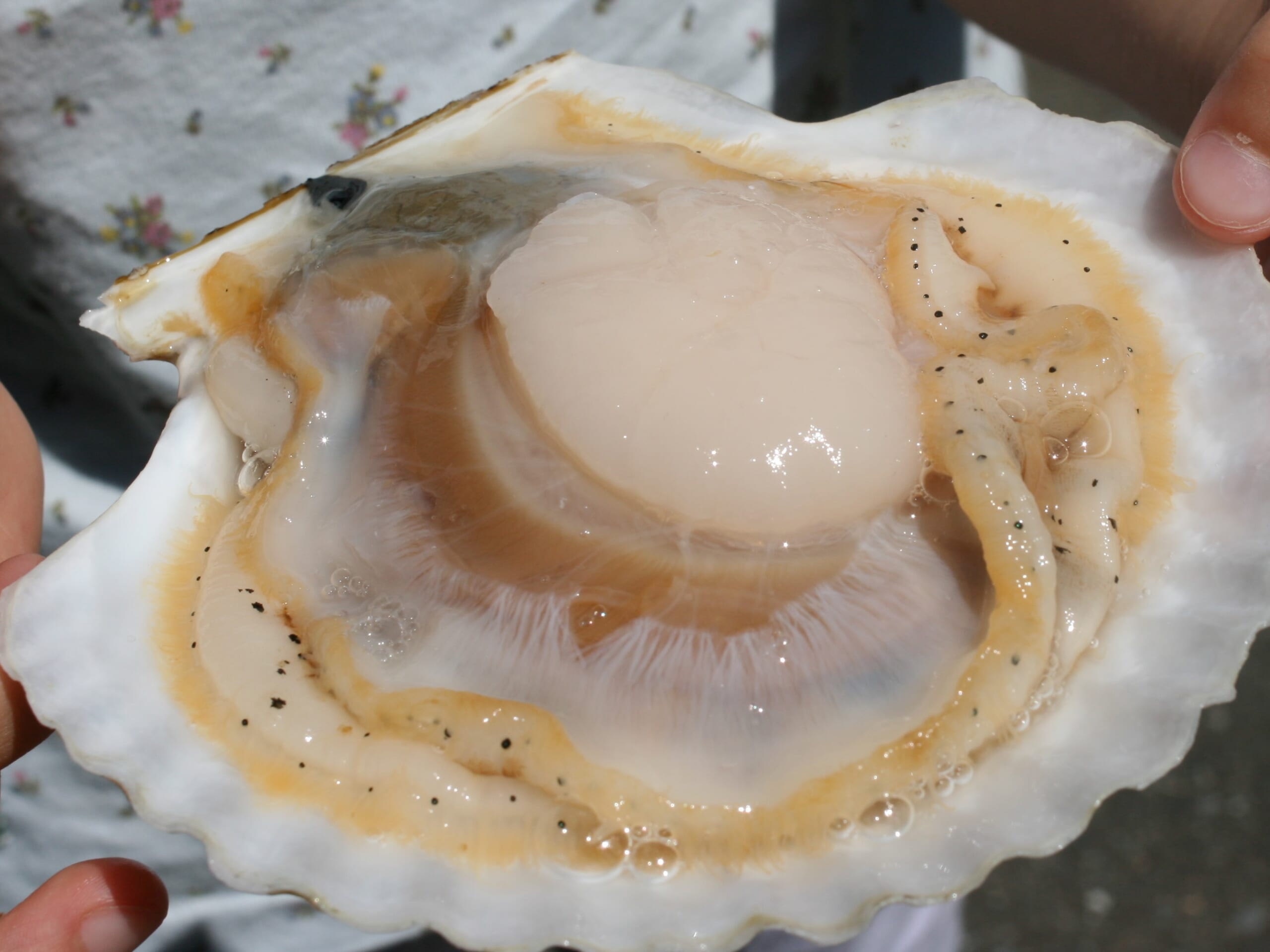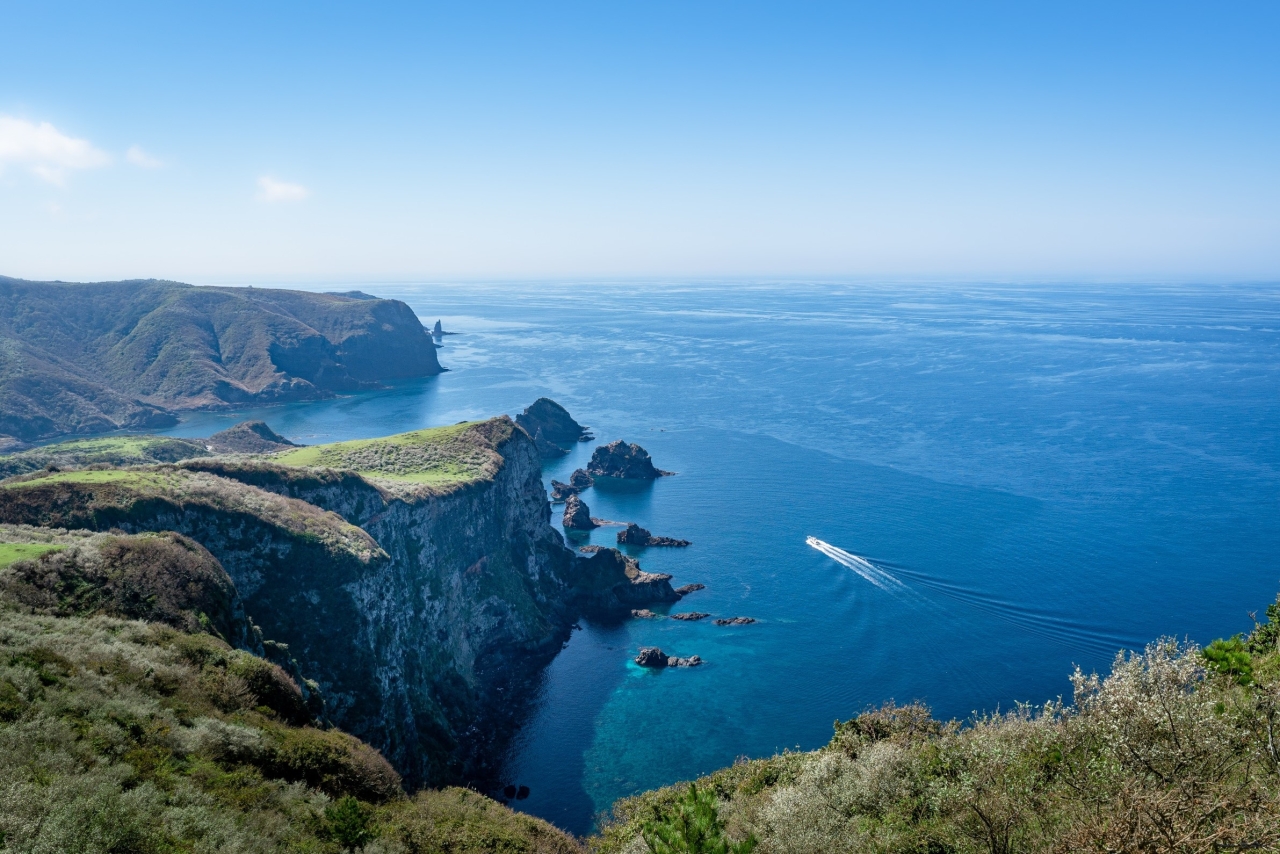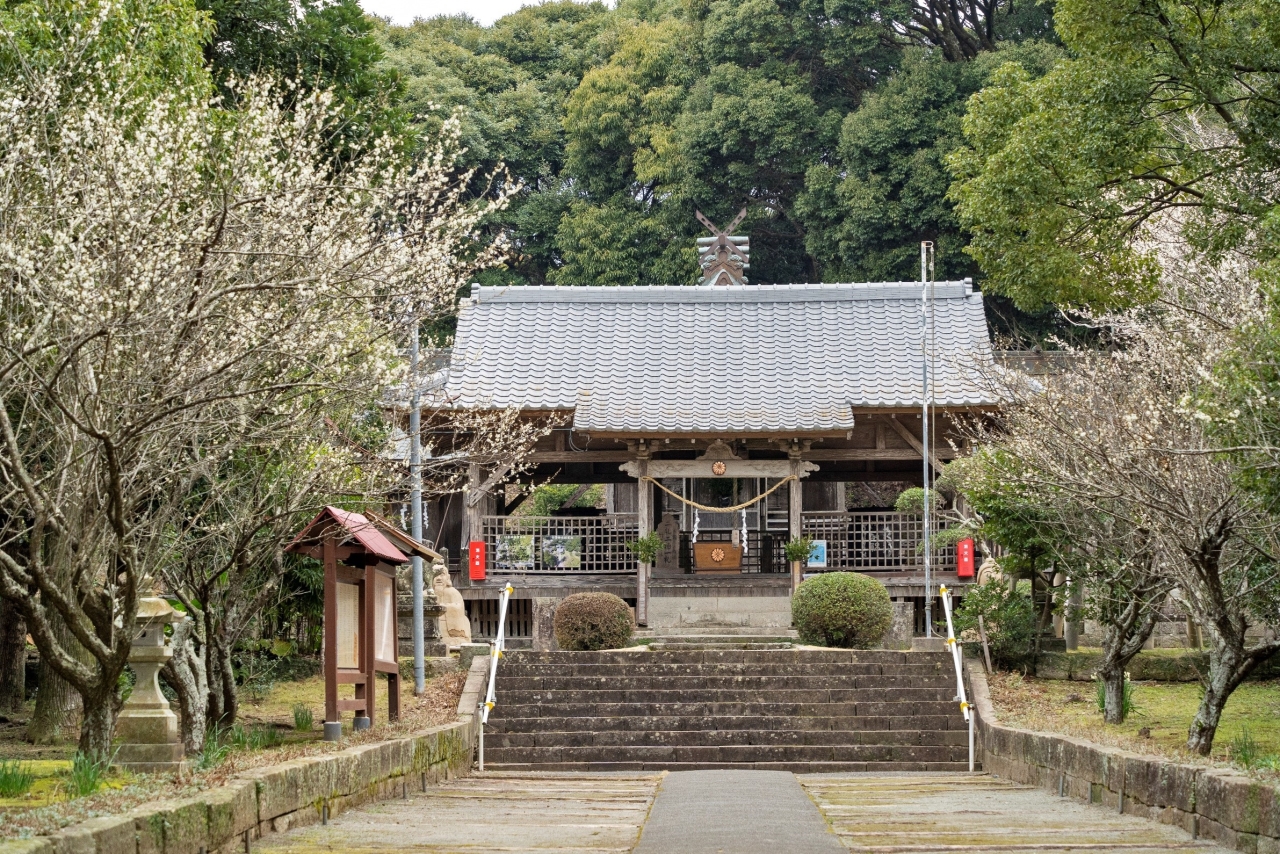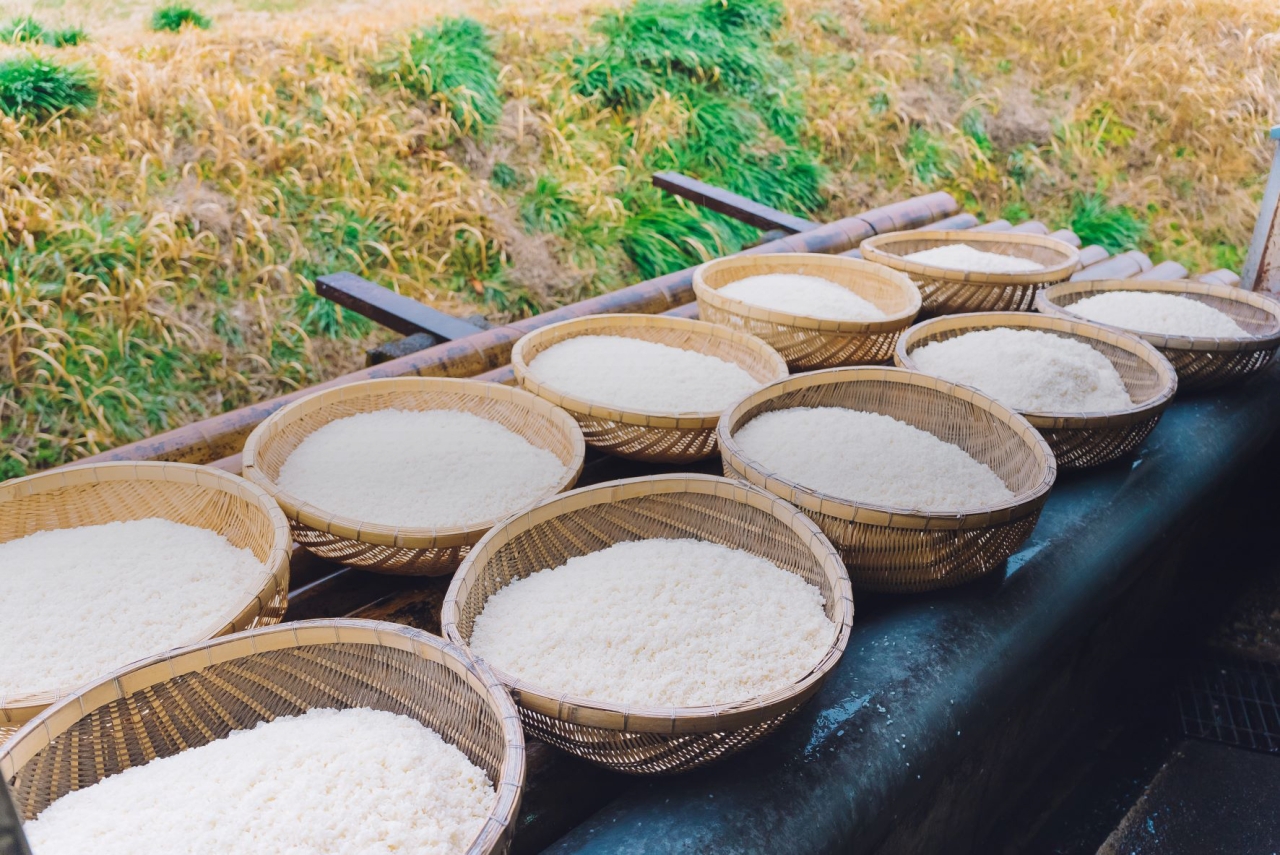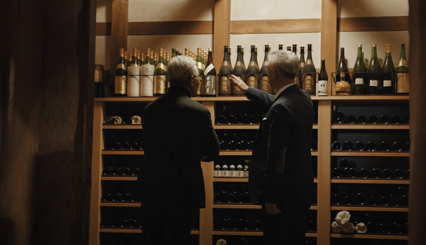
Brewing the Future of Sake
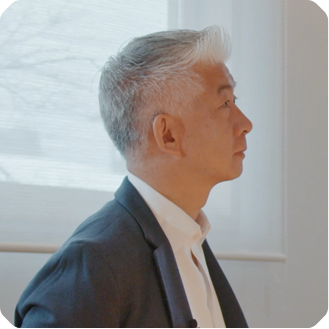
Ryuichiro Masuda
The Fifth Head of Masuda Sake Brewery
Fusing Ideas: Breweries and New Sake Varieties for Local Revival
“If we let ourselves be too restricted by the perceived value of traditions worth preserving, we will be unable to move forward, and we will remain stagnant,” says Ryuichiro Masuda, the fifth head of Masuda Sake Brewery in Toyama Prefecture. Masuda is also a collaborator in the groundbreaking IWA sake project founded by Richard Geoffroy, who served as the fifth chef de cave (cellar master) of Dom Pérignon. Sake has a history of over a thousand years, but Masuda believes that the industry suffers from “a lack of branding power and strategy.” His business philosophy of “Do what needs to be done right now” has guided his efforts in big projects now coming to fruition: the IWA project, which is breathing a fresh sense of value into sake, and a town revival project to attract artists, breweries, and exciting new shops to the beautiful old neighborhood of Iwase, where he grew up, in the city of Toyama.
Chapter.01 Groundbreaking Sake Brand Brewed by the Cellar Master of Dom Pérignon
With a history of more than a thousand years, sake, which is often called nihonshu inside Japan, has gained popularity around the world. In 2020, the new brand IWA (Japanese for “rock”) was launched in Shiraiwa (“white rock”), in Tateyama, Toyama Prefecture, by Richard Geoffroy, the man who worked at Dom Pérignon for twenty-eight years as its fifth chef de cave. Geoffroy introduced the assemblage method, in which he blends over ten types of raw sake, made from different varieties of rice, and some fermented using a wine yeast.
“The flavor and warmth changes slowly as you drink, for an enjoyable experience from the first sip to the last. This sake was crafted by the same master of taste who blended Dom Pérignon,” explains Ryuichiro Masuda, the fifth head of Masuda Sake Brewery, who has partnered with Geoffroy on the project.
When Geoffroy decided to “dedicate the rest of [his] life to sake,” he visited dozens of sake breweries across Japan before selecting a ten-hectare lot with rice fields, pure flowing water, and a view of the Tateyama mountain range. He chose this location because here one can “feel a sense of harmony only found in Japan.”
The sake brewery itself was designed by renowned architect Kengo Kuma, who introduced Geoffroy to Masuda, and the stylish black bottle was done by product designer Marc Newson. “It’s a straight-forward and strong icon. Every aspect of its appearance represents IWA,” says Masuda.
When Geoffroy said that “Japanese sake has so much potential, but everyone is failing to approach it from a proper business perspective,” Masuda recalls that he immediately recognized the truth in those words. “Japanese people are too inflexible about perceived value—they are already convinced that Japanese culture and Japanese food are the best. They need to hear what the world really thinks about Japanese cuisine. If they never hear any constructive criticism, they will be unable to create something worthy of attention.” This is not the first time Masuda has been engaged with innovative ideas; his previous projects include brewing sake in wine barrels, using wine yeast, and collaborating with Chivas Regal. “If we let ourselves be too restricted by traditions, we will be unable to move forward,” he says, recalling the sense of crisis he used to feel.
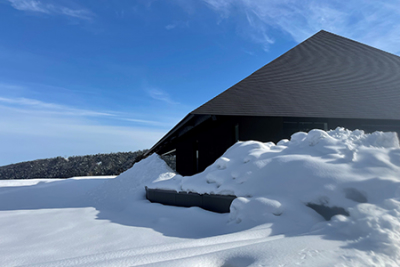
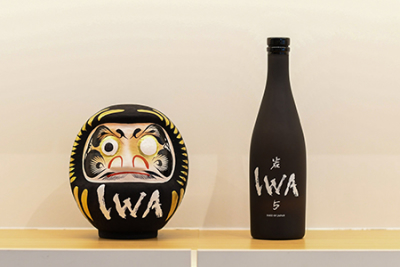
Chapter.02 Being Trapped by Tradition and Established Practices Shows a Lack of Thinking
Right now, domestic shipments of sake have fallen to one-quarter of peak levels, while shipments of liquor and whisky continue to grow. “We’re seeing the results of a lack of thinking in the industry,” says Masuda. “The common wisdom that ‘sake should be dry with a sharp finish’ is a thing of the past.
Japanese families have shifted to cooking food at home that pairs better with wine, and miso soup is now also commonly enjoyed by people in foreign countries. We are seeing a huge shift in tastes on a global scale. If Japanese food is so popular, then why don’t you see more sushi or kappo restaurants in London and Paris? The demand just isn’t there. We need to dig down and identify the real issue, then search for a solution.”
The sake industry suffers from a lack of branding power and strategy. Why are prices set based on the rice polishing ratio, but not the taste of the finished product? If sake breweries aren’t built in locations that grab the hearts of visiting customers, how can they provide a truly moving experience? The need for branding power and strategy is exactly what Geoffroy was pointing out.
Does that conflict with the sense of tradition in sake breweries with a long history? “Not at all. Rather, we need to ask ourselves, is it really worth preserving?” says Masuda in reply. “Kimonos and tatami mats, and even what we eat for breakfast, have already been abandoned by Japanese people without a second thought. No matter what I’m working on, I never tell myself that I shouldn’t do something because it breaks tradition. Being trapped by established practices shows a lack of thinking.”
When sake was brewed using whisky barrels, some people claimed it would “destroy the essence of sake.” Masuda’s response? “That just makes me ask, so then what is the essence of sake? Who made the rules? I’ve decided that if something interests me, that’s enough.”
Geoffroy’s vision for sake is realized through support from every direction during the IWA brewing process. There is no standard recipe—IWA continues to evolve. The latest assemblage is a blend of thirty different varieties of sake. In just a few years, it has grown into a brand that is loved in more than twenty countries around the world.


Chapter.03 Inspiring Japan’s Revival: Sake Breweries Can Define a Community
Masuda also serves as the director of Iwase Machizukuri, a company working to preserve the local town scenery. Once a prosperous port on the kitamaebune trade route, the Iwase district is a delightful neighborhood of antique buildings that is perfect for taking a casual stroll; its beer brewery, kappo restaurants, French food, and glass workshops also attract visitors and foodies. “When I was in my twenties, after coming back from studying abroad in Europe, I saw Japan with a new perspective, as an outsider. Looking out the train window, there was not a single thing I felt was photo-worthy, which left me stunned.”
To transform the neighborhood into a town that he and his family could feel proud to call their own, Masuda stepped forward to serve as what he calls a “one-stop advisor” for downtown revival. When people come to him for advice, Masuda asks himself, “How can I help this person find happiness?” He buys vacant properties and stays involved throughout the restoration process. “Sake breweries are in a position to define a community. There are thousands of breweries across Japan, and each can proudly claim more than one hundred years of history. Projects started by those breweries may have the power to inspire Japan’s revival.”
He also recalls how he enjoyed his own experience touring wineries in Bordeaux and Burgundy, and how the locals took pride in their hometowns, and how they recommended pairing wine with unique local foods.
“When foreign visitors come to Japan, they crave a landscape that grabs their hearts and sweeps them away—they want to hear a story. Building a good story is one of the things we should learn from Italian wine,” says Masuda. “There was a project to revive an antique variety of grape for winemaking. The results gave confidence to wineries all across Italy, and encouraged them to seek their own styles. I believe that the future of Japanese breweries lies down this same path.”
The young brewers and chefs that gather around Masuda are full of fierce aspiration and ambition, but there is also a sense of alliance and partnership. He takes strength from their hard work, saying, “I love living in a smaller town. A few people can make a big change. The land is spacious, but we still have the infrastructure. There is a mountain of hidden potential to attract foreign visitors.”
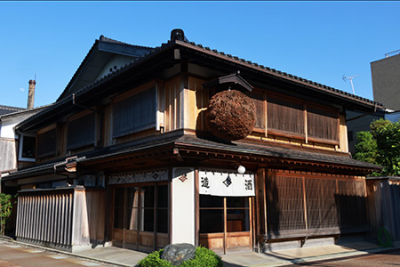
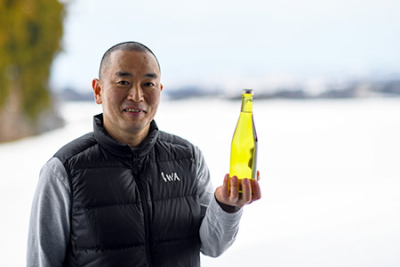
At the brewery that produces IWA, master brewer Masato Yabuta (affectionately called oyassan, meaning “boss,” by the other staff) explains, “Brewing sake is all about human development. I love to make sake, and I love to watch people grow.” When Masuda was given control of his historic brewery, he says his first goal was “to make a sake that my best friends and I would want to drink together.” Later, meeting Geoffroy led to the creation of a groundbreaking sake brand, and now the district of Iwase is becoming more exciting as colorful creators and chefs gather to ask Masuda’s wisdom.
Just as sake changes through the brewing process, people, and the land, are transformed as they mature. This is the beginning of a story that is sure to steal the hearts of visitors from around the world.
Written by・Misao Yanamoto
Written by・Misao Yanamoto
Interview Date: Jan.23.2022
The content of this article is as of the interview date.
IWA Information website: https://iwa-sake.jp/
Click here for the digest version of the video


